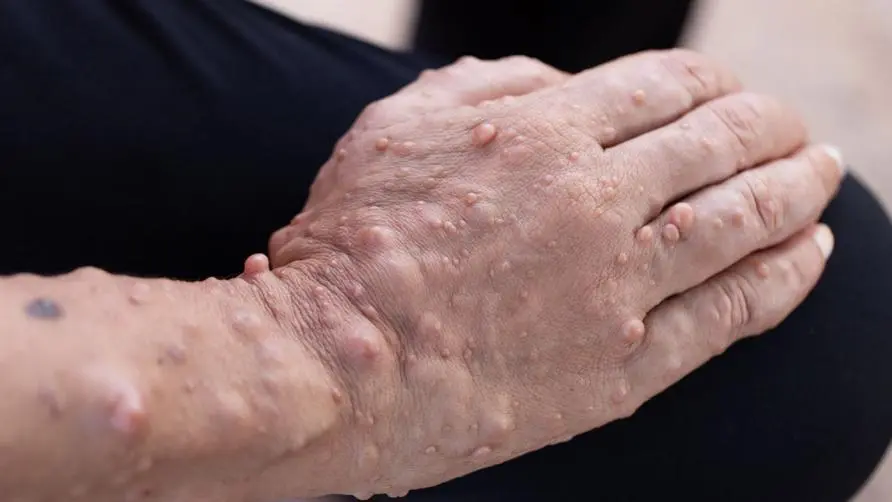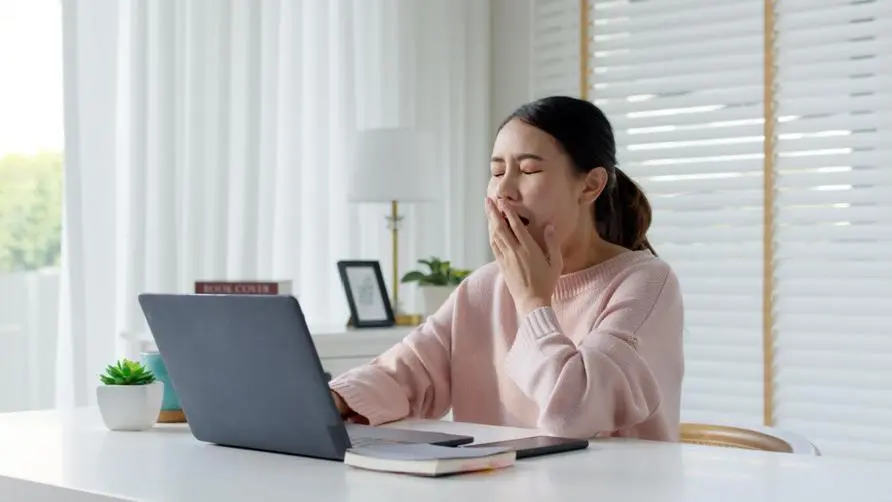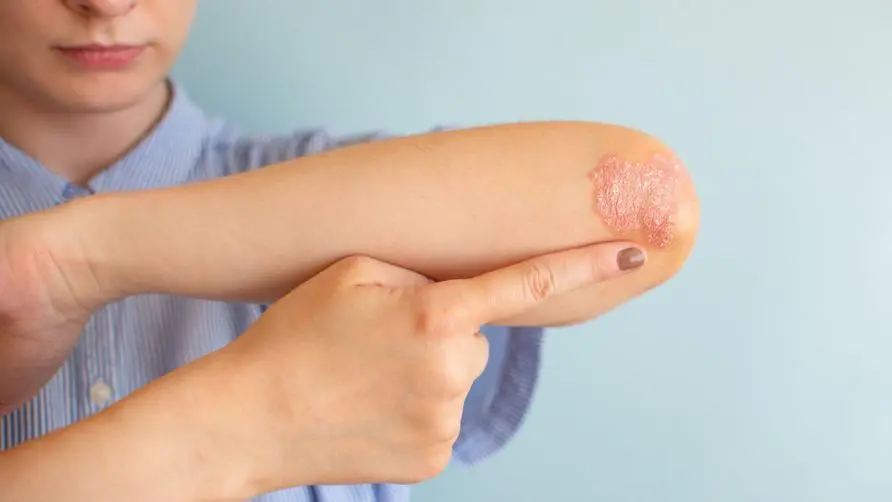Are abdominal pain and scoliosis caused by "plexiform neurofibroma"? Doctors reveal the causes, symptoms and treatment dilemmas of neurofibroma

Unexplained abdominal pain and scoliosis? Beware of Neurofibromatosis Hidden in the Body
There is no reason for long-term abdominal pain, or a child suddenly develops “scoliosis”. Could it be that “plexiform neurofibromas” in the body are causing trouble? Dr. Fan Bijuan from the Department of Pediatric Neurology at National Taiwan University Hospital pointed out that there are three main types of neurofibromas (NF): neurofibromatosis syndrome type 1 (NF1), neurofibromatosis syndrome type 2 (NF2), and schwannoma (Schwann cell tumor), of which type 1 (NF1) is the most common; NF1 is a somatic chromosomal dominant genetic disease caused by mutations in the NF1 gene located on the 17th pair of chromosomes. It is still incurable, with a prevalence rate of about 1/4000. Hereditary , mutations account for about 50% each.
“The clinical manifestations of neurofibroma are age-related. “Café au lait spots” are the most common in infants and young children. In adolescence, they may affect fertility and cognitive function, or they may have short stature, scoliosis, etc., which increases the risk of diagnosis. Complex, patients may seek medical treatment from various departments due to different symptoms, but it is difficult to quickly diagnose neurofibromatosis syndrome type 1!
Dr. Fan Bijuan said that neurofibromatosis syndrome type 1 may affect organs throughout the body, including damage to the optic nerve leading to visual impairment and blindness, gliomas or iridescent Lisch (nodules) in the eyes, and may also affect the digestive tract and cause pain, Vomiting, chronic constipation or diarrhea; freckles, etc. are likely to appear in skin contact areas (armpits, groin, under breasts), etc., and are more likely to cause central nervous system complications, such as epilepsy, headaches, brain tumors, cerebrovascular defects, learning disabilities, Intellectual disability, etc.
Dr. Fan Bijuan pointed out that in the past, a 15-year-old girl was admitted to the gastroenterology department for long-term abdominal pain. There was no obvious change in her appearance and no family history. Later, an MRI examination revealed that neurofibromas were growing on the mesentery. Through surgery and Only subsequent treatment can relieve symptoms. Neurofibromas vary in size and location and may lead to serious or life-threatening complications. Early differential diagnosis and treatment are critical.
Are plexiform neurofibromas difficult to remove? More than half may not be able to undergo surgery
According to statistics, 30% of patients with neurofibromatosis syndrome type 1 will develop “plexiform neurofibromas” (PN). Plexiform neurofibromas are huge and may grow throughout the body, causing disfigurement, pain, and motor function. disorders, skeletal deformities. 8-13% of them may transform into “malignant peripheral nerve myelin tumors” (MPNST), and the prognosis is even less ideal. The mortality rate of patients with symptomatic PN is 6 times higher than that of patients with asymptomatic or no PN.
“Not all plexiform neurofibromas grow in places that are visible to the naked eye. If the fibroma compresses the spine, it will cause scoliosis, or if it grows in the abdominal cavity and pelvic cavity, it will compress the bladder, affecting normal urinary and defecation functions; it may also compress the esophagus. or large blood vessels, causing breathing difficulties that are life-threatening, and are often difficult to remove with surgery or may recur after surgery.”
Dr. Zhou Yijun from the Department of Pediatric Neurology at Chang Gung Memorial Hospital in Linkou pointed out that surgery is the main treatment method for plexiform neurofibromas. Its effects include reducing pain and discomfort, helping to detect pressure on compressed tissues, removing potential cancer cells, and improving quality of life. However, plexiform neurofibroma cannot be cured and is prone to recurrence. It is more likely that the fibroma wraps up important organs and nerves, making it impossible to operate. About half of the patients cannot operate.
Targeted therapy prevents fibroids from growing larger, doctors and patients jointly call for inclusion in health insurance
Dr. Zhou Yijun said that surgery is not an eradication treatment for plexiform neurofibromas, and the growth rate of fibroids varies greatly among each patient. In the absence of effective treatments, only conservative treatment and symptomatic treatment were available in the past. Oral targeted MEK inhibitors, which have been released in recent years, can precisely block mutated genes to reduce cell replication and proliferation, effectively reduce tumor volume, delay disease progression, and achieve stable control for a small number of children with symptomatic and unresectable plexiform neurofibromatosis. illness.
“About 84% of patients can stop tumor growth after targeted therapy. Just stopping the tumor from growing larger is an exciting treatment progress. Of course, receiving targeted therapy may cause fever, nausea, vomiting, acne, There are side effects such as mouth rupture, and the safety must be monitored with follow-up cardiac ultrasound and fundus examination, but research shows that as long as treatment is continued, most patients will be significantly improved!”
Dr. Zhou Yijun took Cheng, who developed plexiform neurofibromas as an example at the age of 4. The huge tumors continued to grow in size on his face, buttocks, genitals and other parts of the body, causing scoliosis, excretion and urination disorders, and seriously affecting his daily life. Life and socializing. Last year, he received “Compassion Therapy” interventional new oral targeted drug treatment. The tumor shrank significantly and his quality of life also improved. We look forward to being included in health insurance as soon as possible to help more people with plexiform neurofibromatosis who are affected physically and mentally.
Dr. Zhou Yijun reminded that in addition to regular monitoring of changes in fibroids, patients with neurofibromatosis should pay attention to avoiding long-term sun exposure in daily life, stay away from second-hand smoke and other related carcinogens, reduce the intake of fried foods and other irritating foods, and follow the doctor’s advice to take good care of their daily lives. .
In order to remind parents to pay early attention to the signs of neurofibroma in their children, the Taiwan Pediatric Neurology Association, the Sunshine Social Welfare Foundation, and the Taiwan Neurofibroma Association jointly launched the “Neurofibroma Friendly Medical Treatment Map” to call on parents to detect early if their children develop neurofibromatosis. If you have tumor-related symptoms, seek medical assistance from the nearby pediatric neurology/child neurology department as soon as possible to obtain appropriate medical care in a timely manner.
Further reading:





